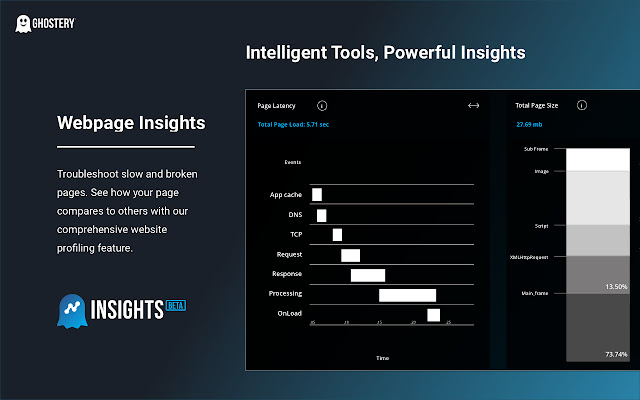
“Trade smart, pass the challenge, unlock the capital.”
Imagine this: you’ve been killing it in your demo account for months, pulling consistent profits, feeling unstoppable. You finally apply to a prop firm to trade their capital instead of your own, thinking it’s just a formality. Then you hit the risk rules—drawdown limits, daily loss caps, position size restrictions—and suddenly the game feels very different. These rules aren’t just fine print; they’re the tightrope you have to walk if you want to keep your funding and grow your trading career.
Prop firms aren’t just handing out six-figure trading accounts to anyone who calls themselves a trader. They need to protect their capital while finding people who can thrive under pressure. Drawdown limits and risk rules are the filters—they reveal whether your strategy can handle market turbulence without blowing up.
A typical setup might look like this:
If you’re used to trading your own small account where you can bend your rules, this can feel restrictive. But in the prop world, discipline beats bravado.
Think of the prop firm as your silent business partner. They put up the money, you bring the skill. No partner wants to watch their investment crumble because the other person got emotional after two losing trades. Drawdown limits act like shock absorbers—keeping losses manageable while allowing room for profits to grow.
I’ve seen traders fail not because they couldn’t predict price moves, but because they couldn’t handle the pacing. One friend trading forex passed the first phase of funding in a week, then tried to go for “extra profit” and hit his daily loss limit in one morning. It wasn’t the market; it was the psychology of wanting more than the rules allowed.
Risk rules in a prop firm challenge aren’t meant to punish—they’re designed to mimic real money risk. They force you to:
In that sense, surviving under risk constraints becomes a training ground for professional longevity.
Trading multiple asset classes under strict limits forces you to sharpen your edge. For example, a funded trader might shift from high-volatility crypto trades at night to steadier options plays during the day, using different risk profiles for each. Over time, you learn which asset fits your temperament under pressure—knowledge that can be more valuable than the funded account itself.
Add decentralized finance (DeFi) into the mix, and you’re looking at a new breed of opportunities. On-chain trading and perpetual swaps offer flexibility, but the volatility in DeFi markets can shred a drawdown limit if not managed carefully. Prop firms dipping into decentralized asset classes are already inventing hybrid risk models to cope.
Markets are faster, data is cheaper, and AI-driven order flow prediction is becoming mainstream. That’s great for speed—but it increases the temptation to overtrade. Risk rules are the counterbalance, the same way traffic lights keep a busy intersection from total chaos.
The biggest hurdle for traders seeking funding is psychological adaptability. If your strategy can’t survive under drawdown rules, it won’t survive with larger capital in the real world.
Picture prop firms integrated with smart contracts that auto-enforce risk rules in real time—no emotional overrides. Or AI assistants that adjust your position sizes on the fly based on market volatility and your remaining daily loss buffer. The evolution of prop trading will merge traditional risk management with cutting-edge tools, reducing human error and making funding programs more merit-based than ever.
Getting funded isn’t about showing the biggest gains; it’s about proving you can control losses. Respect the drawdown limits, master the risk rules, and you’ll make yourself irresistible to any serious prop firm.
“Risk discipline isn’t a barrier—it’s your ticket to bigger capital.”
Trade like every dollar matters, even when it’s not your own, and the doors to long-term funding start opening.
If you’d like, I can also create a short social-media-friendly version of this piece that’s catchy enough for Twitter/X or LinkedIn. Do you want me to do that next?
Your All in One Trading APP PFD